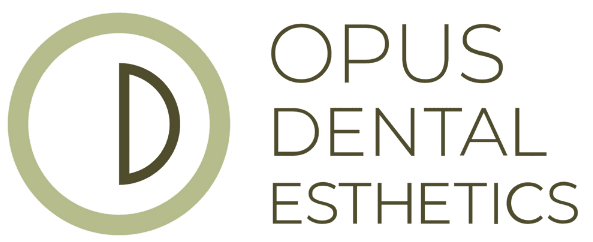A “Smart” New Toothbrush
 Philips, the maker of Sonicare electric toothbrushes, has a new system called FlexCare Connected. This brush is packed with technology to give you a clearer picture of your brushing habits.
Philips, the maker of Sonicare electric toothbrushes, has a new system called FlexCare Connected. This brush is packed with technology to give you a clearer picture of your brushing habits.
- Gyroscope: Detects Motion
- Accelerometer
- Pressure Sensor
- Detector to Monitor Scrubbing
- Smart Sensor Technology Uses Location
- Sensors Track Brushing in Real Time
- Syncs via Bluetooth to connect to an app on your phone
A 3-D View of Tooth Brushing Habits
Using 3-D mouth mapping technology it provides post-brushing analysis so you can focus on your trouble areas. On your phone you’ll see a virtual map of your teeth. Individual sections will turn white when enough brushing is done, yellow if more time is needed or purple if too much pressure was applied.

The brush also tracks when the bristles are no longer effective. There’s even a touch up mode to highlight areas that you might want to go back over a second time.
Technology Boosts At-home Dental Care
FlexCare Connected can show patterns that aren’t possible to see with a standard plastic toothbrush. It’s like having a personal oral hygiene coach said Aleksandro Grabulov, director of Philips Oral Healthcare’s innovation and development division in Bothell, Washington. “If you tell someone you brushed for two minutes but you missed a lot of spots or you over brushed in an area, it becomes a very different way of looking at oral health,” Grabulov said during a demonstration.
The brush and app help design personalized hygiene regimens. You can customize areas in the tooth map to target specific areas in your mouth. The app will track brushing habits over time. The brush senses which tooth you’re near and advises accordingly in-app.
In the dental office, this is an excellent tool for your hygienist to improve your home care. Using the brush and app, the hygienist can review your personal tooth-map and help you address trouble areas.
Complimentary Care, Not a Replacement
Keep in mind smart brushes are not a panacea, warns Dr. Matthew Messina of the American Dental Association. “They still depend of the skills of the person using them,” said Messina. He acknowledges the benefits of new technology. “But,” he said, “The human controlling it still has to make sure the bristles cross over all the surfaces of the teeth.”
Phillips expects to release the Connected system later this year. The cost is projected to be $200. While it may seem like a luxury expense, many folks will benefit from seeing this cost as an investment in prevention — saving on future cost of dental treatment.
Keeping an Eye on Dental Technology
Philadelphia dentist Dr. Pamela Doray is eager to try the new technology and intrigued by the possibilities for how it can help improve our patients homecare. We’ll be sure to update you as new information becomes available. Ask us about this technology on your next visit.
